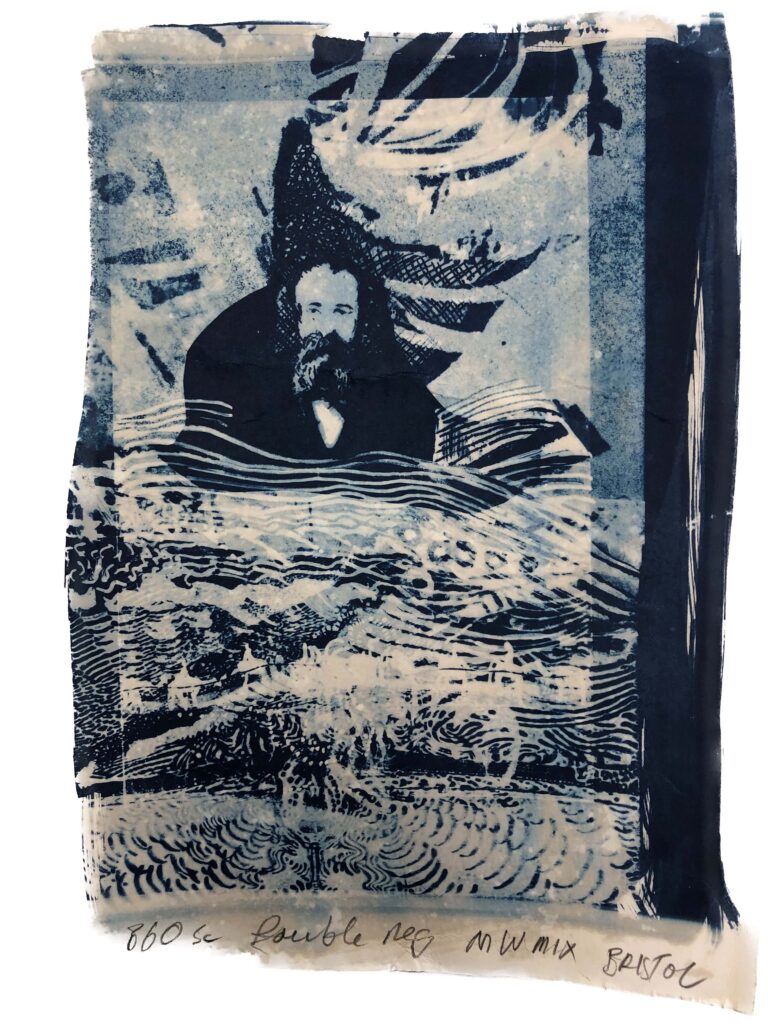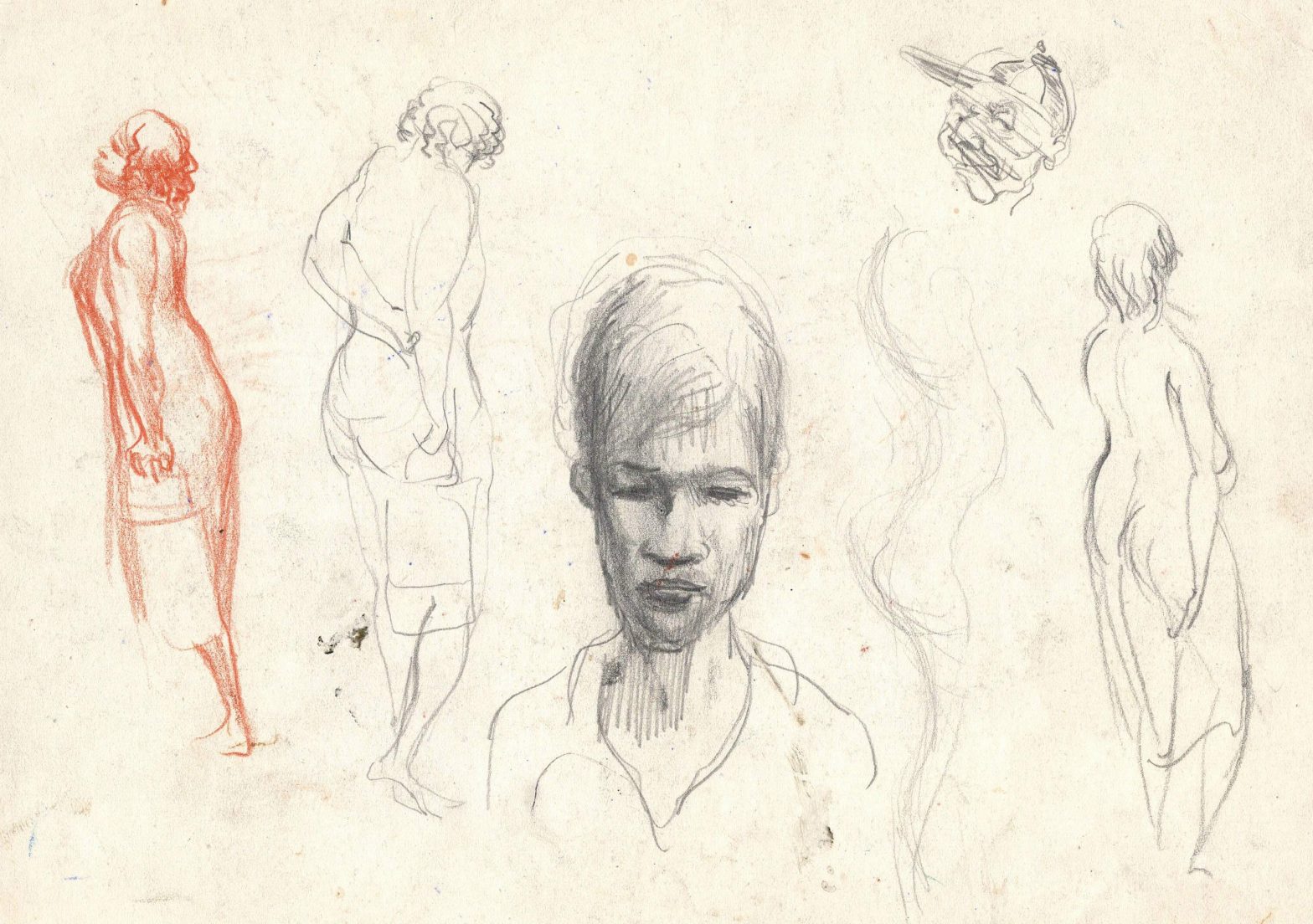After five years under the working title Catch Him By His Name, the book has taken its final name: Wigleys Waterhole— a story of family, Country, and the politics of shelter in Central Australia, shaped by my own work as an architect and by the colonial history I carry with me.
My great-great-grandfather, Henry Rodolphus Wigley, was South Australia’s first Public Prosecutor and later served as Assistant Protector of Aborigines. The office claimed to soften the harms of colonisation, yet its function was contradictory: to regulate contact, police behaviour, and “protect morals”, while reinforcing dispossession.
By the time I arrived, the family name had already travelled north ahead of me: marks on the map laid over places with other names.
A Family Branch
1837 — Henry Rodolphus Wigley (1794–1876) arrived on the Shar with his wife Sarah and five children; appointed South Australia’s first Public Prosecutor, later Resident and Police Magistrate, Commissioner of Insolvency, and Assistant Protector of Aborigines.
1847 — Sons William Rodolph (1826–1890) and James Francis (1831–1884) joined the family in Adelaide aboard the John Bartlett.
1861 — Maria Cordelia Wigley married Henry Bull Templer Strangways (Premier of South Australia, 1868–70); her ancestry traced back to Cromwellian Roundhead families in County Clare, Ireland.

1870s — William Rodolph Wigley married Mary Letitia Longfield Creagh; solicitor in Belt, Cullen & Wigley, later Glenelg Town Clerk, Mayor, and Stipendiary Magistrate (1889). Surveyors during the Overland Telegraph period used the Wigley name for features in Central Australia.
James Francis Wigley — broker and land speculator; subdivided land at Lockleys; associated with the Adelaide Club.
20th century — Harry Wigley (solicitor), his sons Jim Wigley (1917–1999), painter (who actually travelled north), and Bill Wigley, solicitor.
Survey & Place-Names (1862–72)
The Wigley name reached the Northern Territory through the work of William McMinn (1844–1884), who accompanied John McDouall Stuart’s 1862–63 expedition and later served as a surveyor on the Overland Telegraph (1870–72). He named features after figures in Adelaide’s legal world:
- Cullen River — for L. M. Cullen
- Mount Wigley — for William Rodolph Wigley
McMinn later returned to Adelaide and practised as an architect, contributing to the Mitchell Building at the University of Adelaide, Marble Hill, and the Adelaide Children’s Hospital.
Additional Place-Names
Wigley Waterhole — Todd River north of the Alice Springs Telegraph Station (c. 1880s)
Wigley Gorge — associated feature nearby
Mount Wigley Mine — mineral lease near Mount Wigley
About Wigleys Waterhole
In 1975, architect and painter Julian Wigley took a short posting to Alice Springs and never really came back. Chasing a way to make himself “useful,” he found himself designing houses and arguing for land with town campers, caught between bureaucracies, bulldust, and the politics of shelter.
From kids’ lessons on a homestead verandah, to night meetings under bough sheds, from Pine Gap’s shadow, to courtrooms, and creek beds, Wigleys Waterhole braids family, art, and architecture into a portrait of Central Australia at a turning point. This is a frank, funny, and furious account of what happens when a life in buildings collides with Country—and why the work still matters.
I’ll post occasional updates as the drawings take shape. Publishing enquiries are welcome at this stage from reputable trade or independent publishers.

